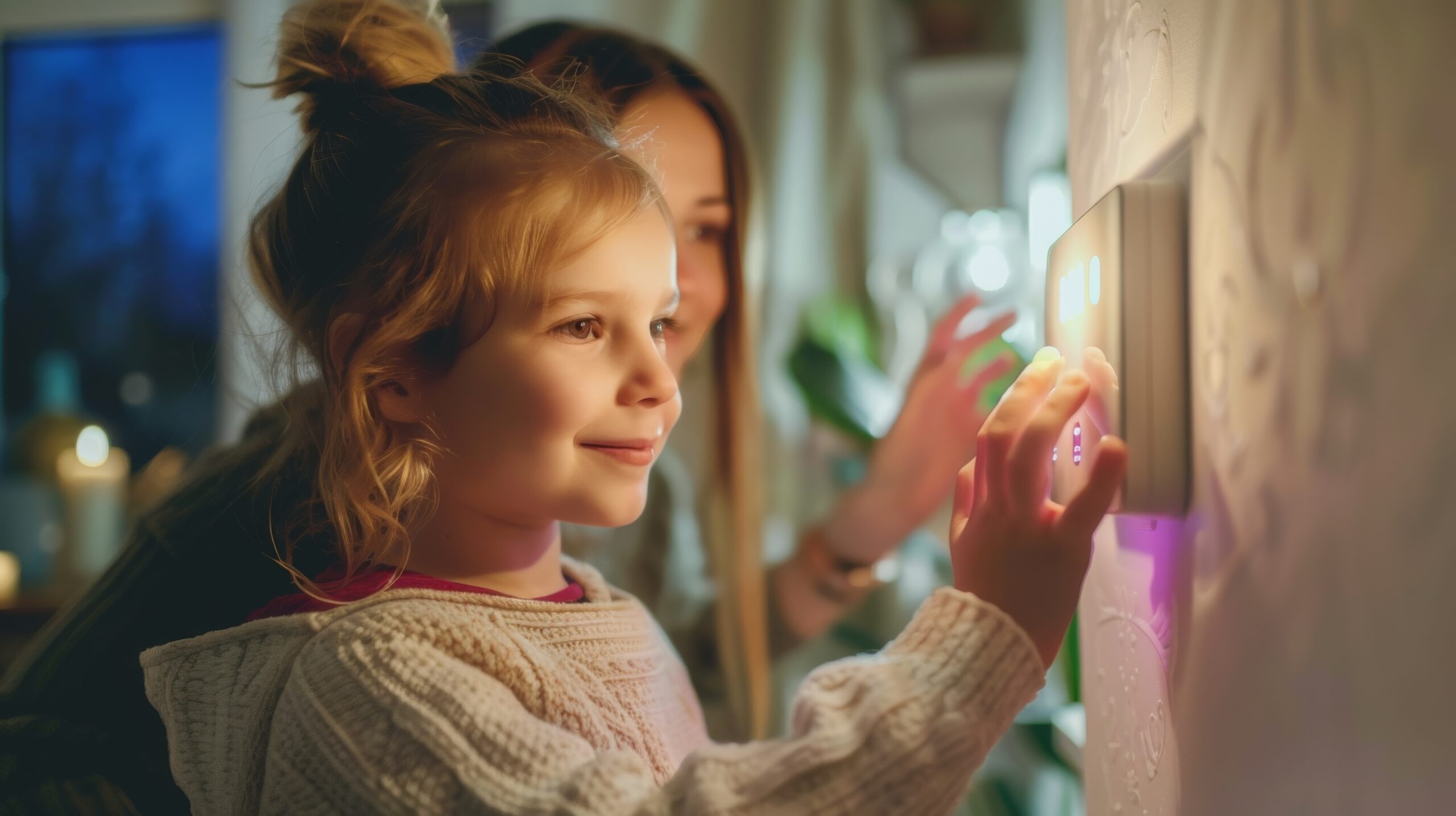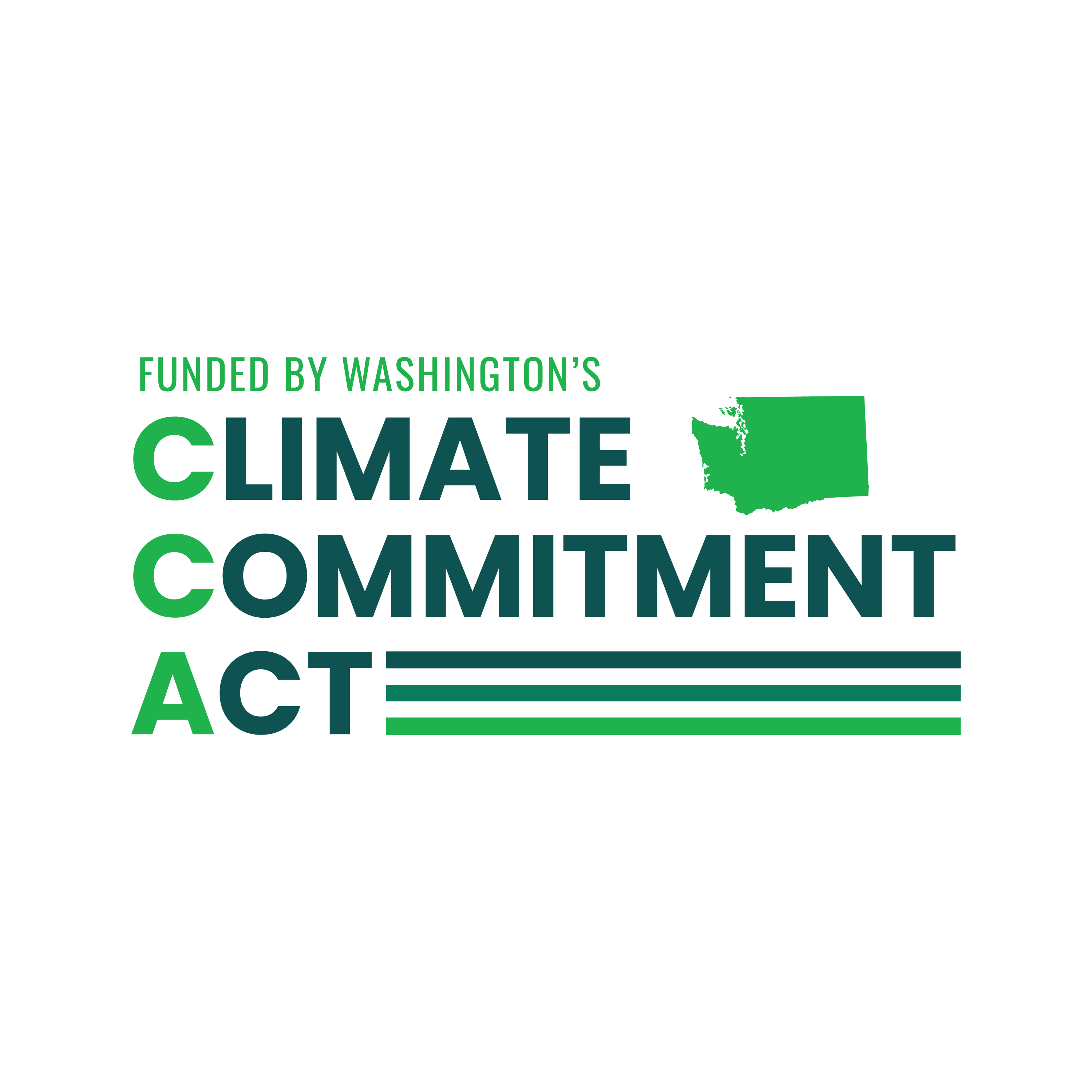State’s innovative, human-centered program demonstrates effective collaboration and delivers vital relief to families.
OLYMPIA, Wash. – The Washington Department of Commerce today announced the successful completion of the Washington Families Clean Energy Credits Program (WFCEC), an initiative that provided $200 energy bill credits to more than 690,000 low- and moderate-income households across the state. The program provided financial relief to 23% of Washington’s households, supported by electric utilities serving 99.6% of the state’s residential population.
The program was designed with equity and good government in mind, by directing the benefits to those who need it most and making the process as easy as possible.
The credit made a meaningful difference to utility customers, and the intentionally simple process made it easy to qualify.
“It was very easy to fill out the application,” said Mary Sittinghorse, a Seattle City Light customer. “This will also help me in the upcoming winter as it is a little difficult to warm up my apartment. Thank you so much for your help.”
The Legislature established the WFCEC program in the 2024 operating budget (page 149, line 10) with a $150 million budget and a deadline of September 15, 2024. Despite the tight program timeline, Commerce, with the participation of nearly 60 electric utilities, successfully distributed all $150 million of the program’s funds in less than 100 days. The program reached customers in both urban and rural communities, showcasing the power of collaboration between the state and its utility partners.
Efficient distribution and focus on low-income families
The WFCEC program’s design made it easy for households to access relief. More than 75% of eligible customers automatically received their credits. Commerce was able to leverage existing income-qualified benefits programs at other state agencies, without requiring those customers to submit yet another application.
A Cowlitz PUD customer said the money would help them support their family.
“Thank you for this much needed assistance,” they said. “I will be able to put a little extra food on the table for my family. It will be less of a stress for a month or so.”
With a focus on supporting lower-income families, over 90% of the credits were awarded to low-income households, while the remaining 10% went to moderate-income households. Additionally, utilities were able to repurpose $3 million in administrative savings, enabling an extra 15,000 families to receive credits beyond the original projection.
“We’re grateful for the cooperation of the nearly 60 participating utilities,” said Commerce Director Mike Fong. “Their partnership made it possible for us to quickly and efficiently deliver vital relief. This program shows that when government and partners come together, we can reduce energy cost burdens for people who need it most.”
A model for future programs
The WFCEC program demonstrates how Washington’s leadership in clean energy and equitable relief can serve as a blueprint for other states. The lessons learned offer valuable insights for those looking to implement relief programs that are fast, fair and effective, while advancing clean energy goals.
“We are proud to have been part of this effort, which directly benefited so many City Light customers and other Washington families,” said Craig Smith, chief customer officer, Seattle City Light. “The successes realized here can be a playbook for future efforts to support our customers and for others looking to deliver impactful financial aid while moving toward a clean energy future.”
It also came at an opportune time for customers.
“This is wonderful! I’ve been trying to save as much as I can this summer so I’ll have extra money set aside for winter energy needs. This is a big help on my road. Thank you!” said a Grays Harbor PUD customer.
Looking ahead
As Washington continues its commitment to reducing energy costs and advancing clean energy, the state plans to glean lessons for future initiatives about how to deliver benefits to the people who need it most and make the process as easy as possible.
Commerce has several other ongoing and upcoming programs to lower the cost of energy for low-income families across Washington, including a soon-to-launch State Home Energy Assistance Program, administration of the federal Low-Income Home Energy Assistance Program (LIHEAP), Community Decarbonization, local electrification, electric vehicle transition, and the Clean Buildings program, among others.
Contact
Amelia Lamb, Commerce Communications, 360-995-3386
Funding for WFCEC is provided by Washington’s Climate Commitment Act (CCA). The CCA supports Washington’s climate action efforts by putting cap-and-invest dollars to work reducing climate pollution, creating jobs, and improving public health. Information about the CCA is available at www.climate.wa.gov.

